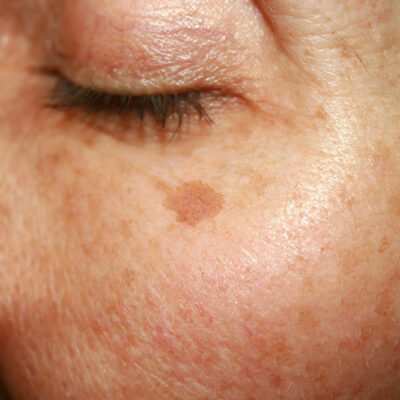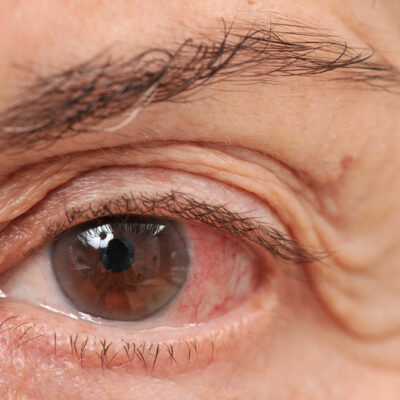
Health
Common Types of Skin Cancer
Among all human cancers, skin cancer is the most common one. According to studies, more than one million people in the country are diagnosed each year with some kind of disease. In general, cancer occurs when normal cells undergo a transformation and grow rapidly and multiply without any control. Our skin is made of a variety of cells. Many of these cells are in constant motion. The round basal cells which are found below the surface get flattened as they rise to replace dead and flaking squamous cells on the surface. On the other hand, melanocytes tan the skin in the sunlight, and Merkel cells offer the ability to the skin to sense touch. When these cells get damaged, they may lead to skin cancer. Based on its symptoms, skin cancer is categorized into different types of skin cancer. If you are suffering from any kind of skin cancer symptoms, below is a list of the different types of skin cancer you need to be well versed with. Basal cell carcinoma More than 80 percent of the skin cancer diagnosed each year are basal cell carcinoma. Basal cell carcinoma develops within the basal cell layer of the skin. It is the lowest part of the epidermis.
Read More 















